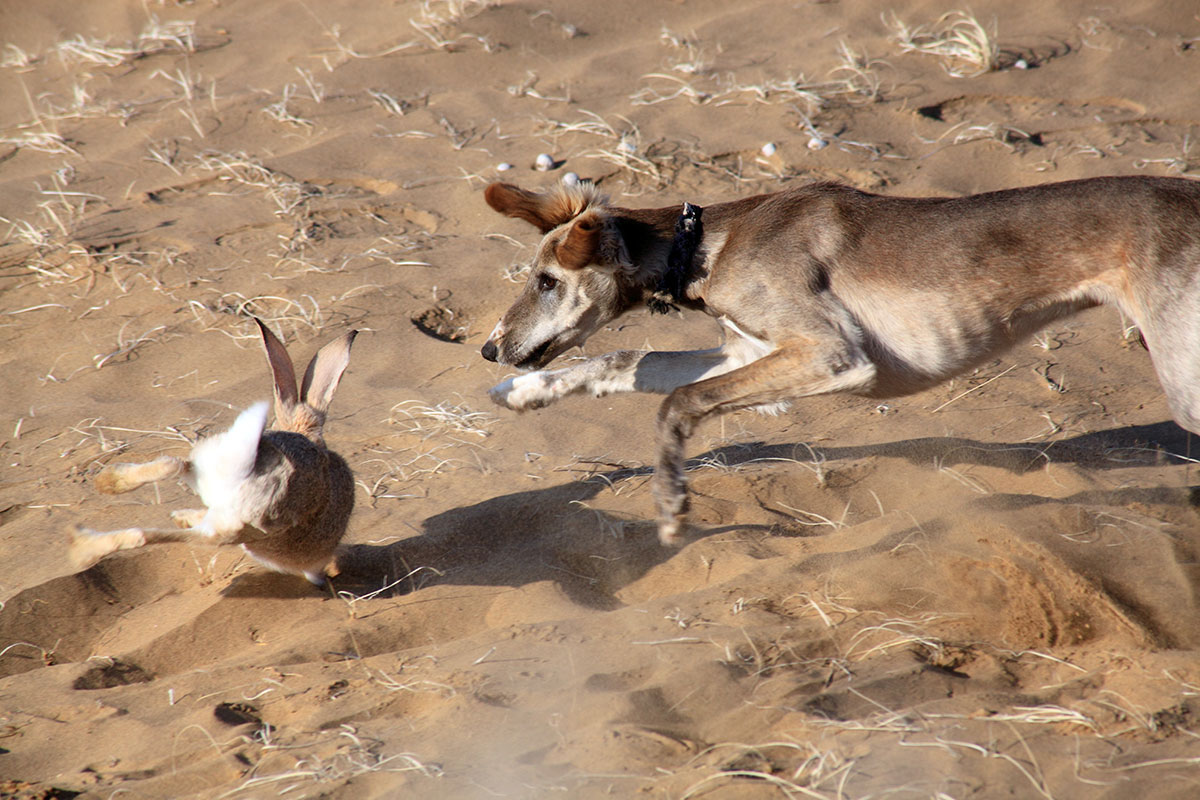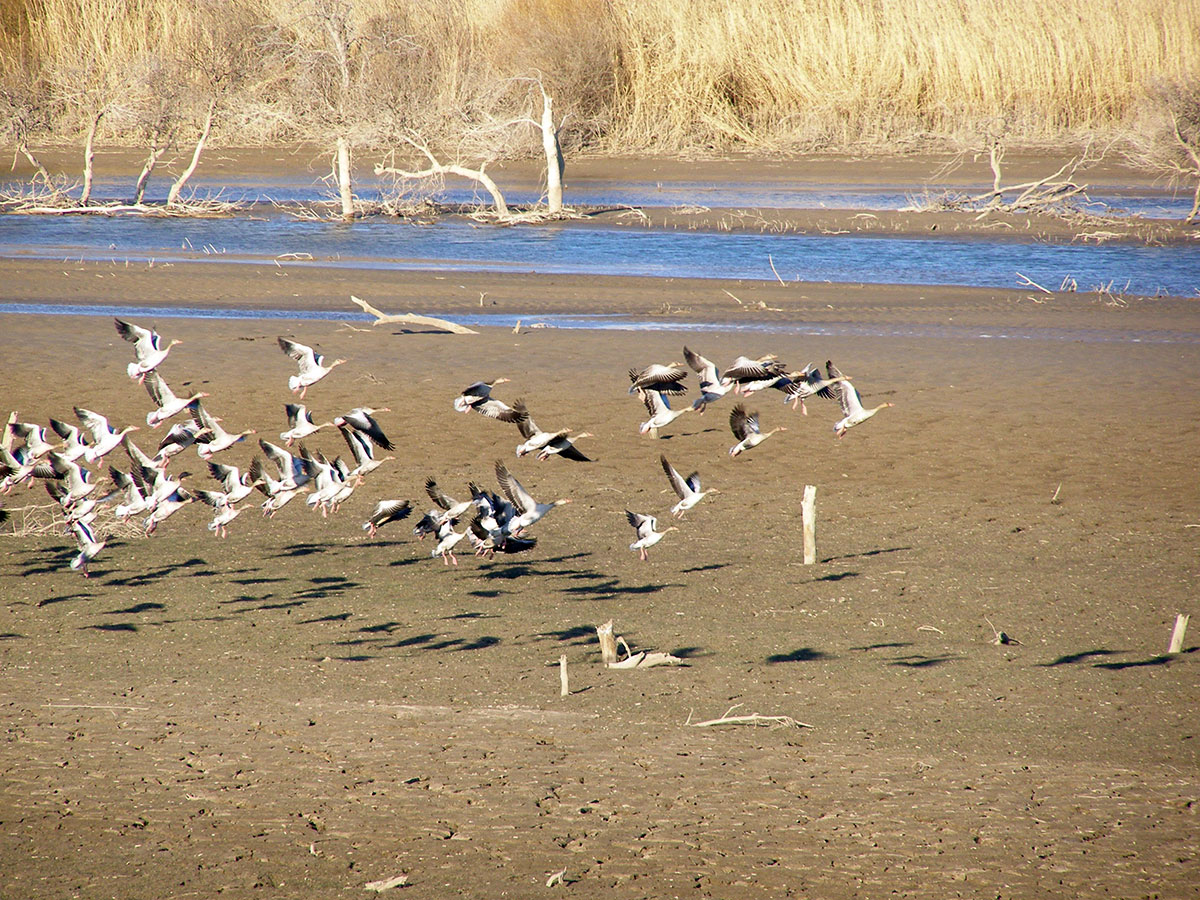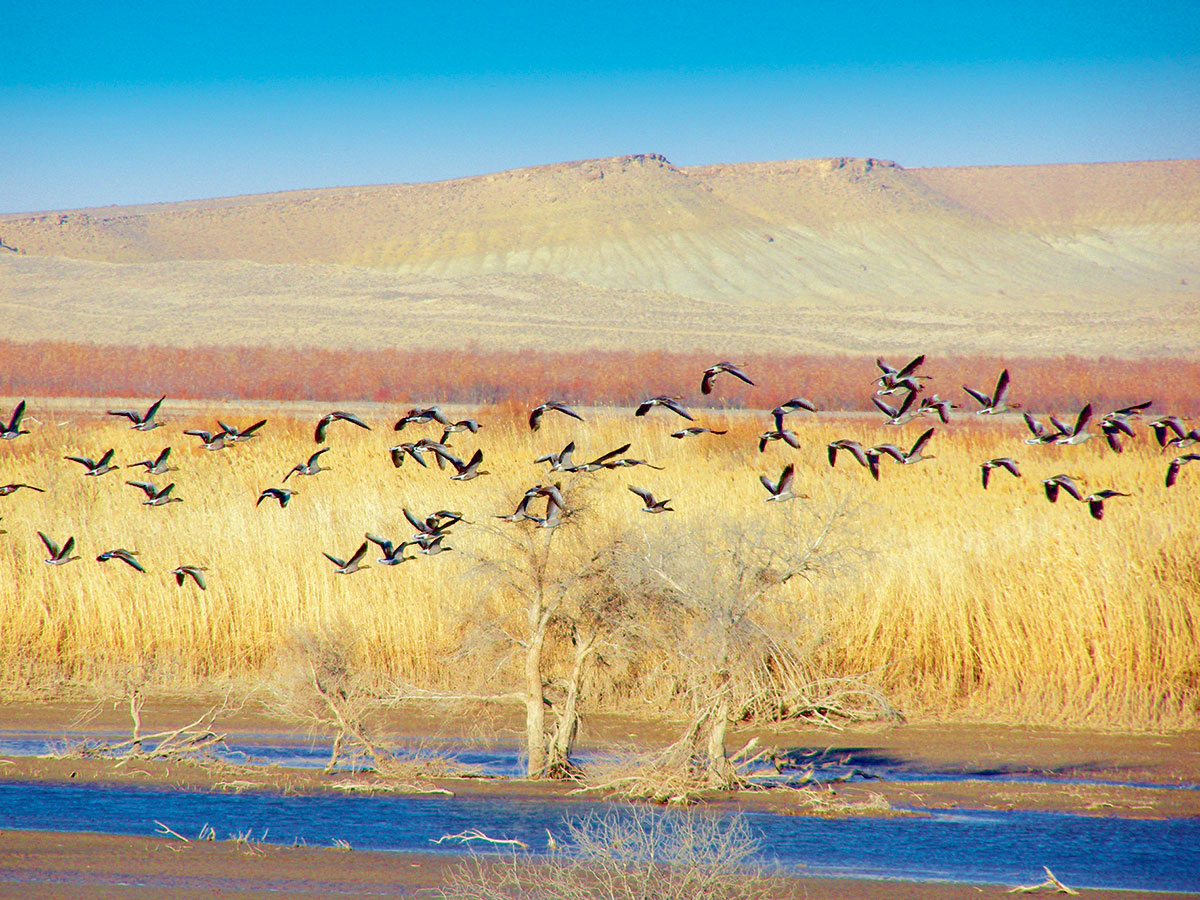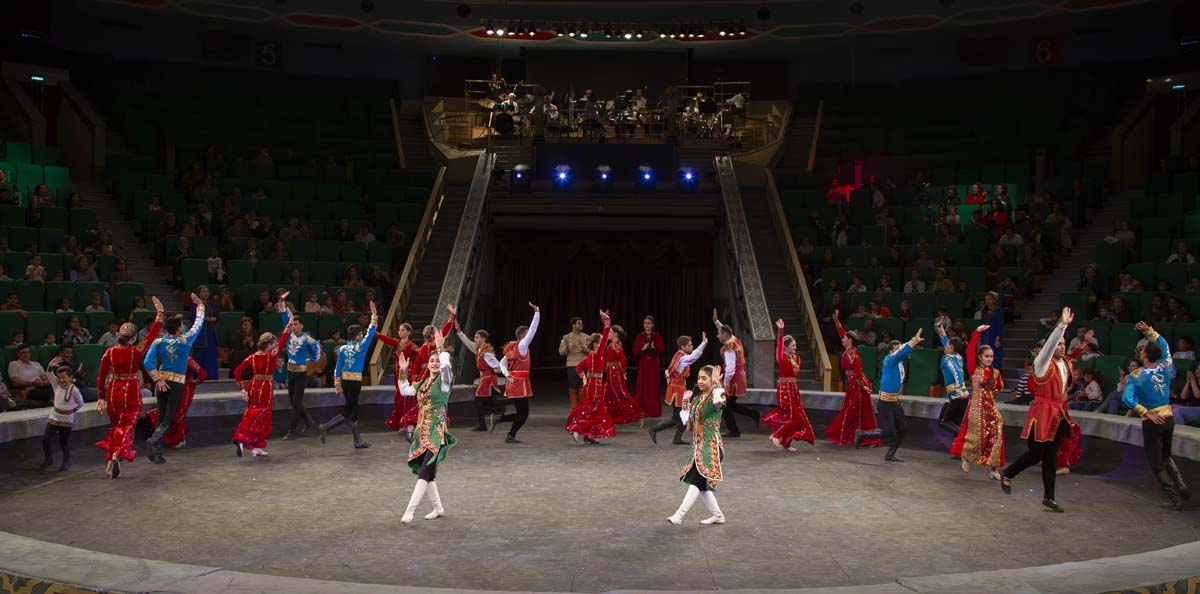Among traditional Turkmen studies, hunting was widespread. The game-rich expanses of the Turkmen land provided many opportunities for hunting for waterfowl, hares, roe deer, foxes, wolves, and large predators. The documents of the historical archive of the Central State Archive of Turkmenistan, in particular "Surveys of the Trans-Caspian region" for 1882-1917 contain a lot of interesting information about the peculiarities of national hunting - this truly male hobby.
Old-timers say that large predators such as a tiger, a leopard, a cheetah and a mountain bear have lived for centuries in the same mountain, difficult to pass gorges of the Kopet Dag, as well as in dense thickets of the Sumbar, Atrek and Tejen rivers. They rarely carried out special hunting, mainly in cases where predators attacked domestic animals, or were a source of danger for shepherds and villagers. The animals began to move further into the wild mountain ranges with the formation of towns and settlements near the mountains in the late 19th and early 20th centuries. Deforestation for the needs of the railway drove many predators even further - into the mountain jungle of Northern Horosan. However, there were so many beasts that most of it remained on the territory of Turkmenistan.
Meanwhile, if the words "tiger" and "leopard" were horrible to the inhabitants of Horosan (which allowed predators to destroy livestock with impunity), it was difficult for the beast to escape the Turkmen hunter: he either received a bullet or got caught in a strong trap. In their notes, researchers from the Trans-Caspian region noted "the ability to put a trap to a European hunter does not catch up with the Turkmen".
Turkmen-Hunters had absolute vision; they could see the beast at a great distance, discern on any natural background. Knowing the mountain paths like their own five fingers, the Mergens never went to the beast's forehead, but creeped up to it at the closest possible distance that the only bullet that was released proved to be correct.
In the shooting, Turkmen hunters practiced from a small age under the supervision of old mergens. A young man was considered to have passed the exam, if he could knock down a reed swaying from a single shot. The hunting armament of the Turkman consisted of a rifle with a curved butt, to the barrel part of which was attached a bipod - a stand for the convenience of shooting. Despite all the obvious unpredictability, the Turkmen gun had good shooting characteristics and the killer range of the bullet was up to 300 steps.
The camouflage coloring of the hunter's clothes was of gray-yellow-brown tones and was selected to make it as less noticeable as possible against the background of the surrounding landscape, to hide from the sharp eye of the beast. He took with him from food only a cake, or even a handful of flour, from which it is easy to bake bread in the ashes of a fire at halt. Hunters never took water with them, knowing the places where a spring or a stone hollow can meet-a treasure chest of rainwater. An experienced hunter in the campaign did not drink water at all, just rinsing his mouth.
It should be noted that guns in the late 19th century were expensive enough, not every hunter, so many successfully used the old as the world, but a proven method - traps. In the Merv district, as noted in the "Surveys of the Trans-Caspian region", every winter several hundred hunters arranged a hunt with traps for foxes, wolves, and corsacs. The richer hunters kept for this purpose the greyhound dogs, which they treasured as much as the horses.
The hunting of the inhabitants of the Caspian coast consisted mainly of catching waterfowl. People caught feathered in nets, snares and just hands. Here is one of the original methods of catching ducks, described in the "Reviews of the Trans-Caspian region". The third of the part of a large watermelon was cut off, the inside was completely removed and were made holes for the eyes. Completely stripped hunter put on this helmet on his head and smoothly entered the waters of the bay - on the surface was seen only floating watermelon. The watermelon man slowly approached them having determined the location of the ducks through the slits, and waited for the bird to swim closer. As soon as this happened, the hunter grabbed a curious duck by the paws and immersed it in the water, and so instantly, that it did not have time to grunt. The skills of the anglers was perfected that the watermelon helmet on the water did not even stir. A clever hunter for a single climb mined up to five or seven ducks.
A resourceful, intrepid, successful hunter enjoyed great respect among the Turkmen people. Legends were about them. The glory of a real hunter did not die even with his death. The grave, marked by the sixth with the horns of wild animals, was visited not only by the relatives, but also by the inhabitants of the surrounding villages, thus paying tribute to the glorious mergen.
Old-timers say that large predators such as a tiger, a leopard, a cheetah and a mountain bear have lived for centuries in the same mountain, difficult to pass gorges of the Kopet Dag, as well as in dense thickets of the Sumbar, Atrek and Tejen rivers. They rarely carried out special hunting, mainly in cases where predators attacked domestic animals, or were a source of danger for shepherds and villagers. The animals began to move further into the wild mountain ranges with the formation of towns and settlements near the mountains in the late 19th and early 20th centuries. Deforestation for the needs of the railway drove many predators even further - into the mountain jungle of Northern Horosan. However, there were so many beasts that most of it remained on the territory of Turkmenistan.
Meanwhile, if the words "tiger" and "leopard" were horrible to the inhabitants of Horosan (which allowed predators to destroy livestock with impunity), it was difficult for the beast to escape the Turkmen hunter: he either received a bullet or got caught in a strong trap. In their notes, researchers from the Trans-Caspian region noted "the ability to put a trap to a European hunter does not catch up with the Turkmen".
Turkmen-Hunters had absolute vision; they could see the beast at a great distance, discern on any natural background. Knowing the mountain paths like their own five fingers, the Mergens never went to the beast's forehead, but creeped up to it at the closest possible distance that the only bullet that was released proved to be correct.
In the shooting, Turkmen hunters practiced from a small age under the supervision of old mergens. A young man was considered to have passed the exam, if he could knock down a reed swaying from a single shot. The hunting armament of the Turkman consisted of a rifle with a curved butt, to the barrel part of which was attached a bipod - a stand for the convenience of shooting. Despite all the obvious unpredictability, the Turkmen gun had good shooting characteristics and the killer range of the bullet was up to 300 steps.
The camouflage coloring of the hunter's clothes was of gray-yellow-brown tones and was selected to make it as less noticeable as possible against the background of the surrounding landscape, to hide from the sharp eye of the beast. He took with him from food only a cake, or even a handful of flour, from which it is easy to bake bread in the ashes of a fire at halt. Hunters never took water with them, knowing the places where a spring or a stone hollow can meet-a treasure chest of rainwater. An experienced hunter in the campaign did not drink water at all, just rinsing his mouth.
It should be noted that guns in the late 19th century were expensive enough, not every hunter, so many successfully used the old as the world, but a proven method - traps. In the Merv district, as noted in the "Surveys of the Trans-Caspian region", every winter several hundred hunters arranged a hunt with traps for foxes, wolves, and corsacs. The richer hunters kept for this purpose the greyhound dogs, which they treasured as much as the horses.
The hunting of the inhabitants of the Caspian coast consisted mainly of catching waterfowl. People caught feathered in nets, snares and just hands. Here is one of the original methods of catching ducks, described in the "Reviews of the Trans-Caspian region". The third of the part of a large watermelon was cut off, the inside was completely removed and were made holes for the eyes. Completely stripped hunter put on this helmet on his head and smoothly entered the waters of the bay - on the surface was seen only floating watermelon. The watermelon man slowly approached them having determined the location of the ducks through the slits, and waited for the bird to swim closer. As soon as this happened, the hunter grabbed a curious duck by the paws and immersed it in the water, and so instantly, that it did not have time to grunt. The skills of the anglers was perfected that the watermelon helmet on the water did not even stir. A clever hunter for a single climb mined up to five or seven ducks.
A resourceful, intrepid, successful hunter enjoyed great respect among the Turkmen people. Legends were about them. The glory of a real hunter did not die even with his death. The grave, marked by the sixth with the horns of wild animals, was visited not only by the relatives, but also by the inhabitants of the surrounding villages, thus paying tribute to the glorious mergen.










